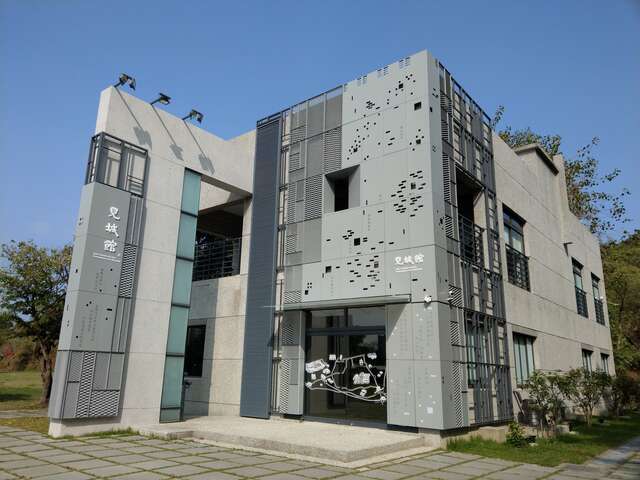The Path of the City Introduction
Zuoying was the administrative center of Kaohsiung in the early Qing Dynasty and is also the first earthen city in Taiwan. During the Lin Shuangwen Incident, it was breached, leading to the establishment of a new city in present-day Fengshan, while Zuoying is referred to as the old city. In 1826, Zuoying was rebuilt as a stone city, and it is today the most well-preserved city in Kaohsiung, with the North Gate, East Gate, South Gate, and hundreds of meters of city walls still remaining. The "Seeing City" project excavated and restored the remnants of Zuoying City and established a trail connecting historical sites. The "Seeing City Path" starts from the Seeing City Pavilion and is built in the form of an elevated walkway along the old stone city, linking the existing trails of Dagugu and Xiaoqushan, rejoining Dagugu and Xiaoqushan that were divided by Shengli Road, ultimately reaching the North Gate. The total length is 770 meters, with the Guishan viewing platform located next to the southern shore of Lianchihtan, offering views of famous attractions such as the Dragon and Tiger Pagodas, Spring and Autumn Pavilions, Yuan Emperor Temple, and Banping Mountain. The design of the "Seeing City Path" aims to integrate with the existing landscape, simulating the original city walls in color, volume, and height, recreating historical sites. Below the elevated walkway, red lanterns are hung, and at night, visitors can stroll through the illuminated "Seeing City Path," experiencing the historical essence of Kaohsiung.



































